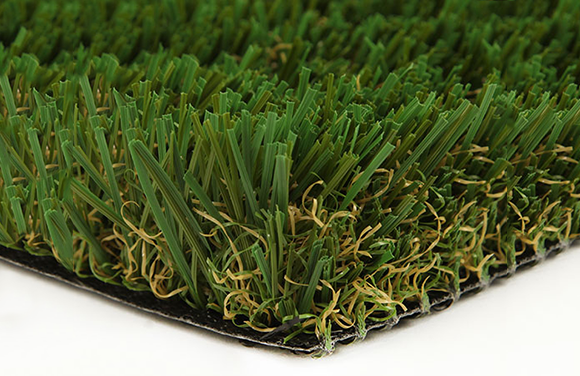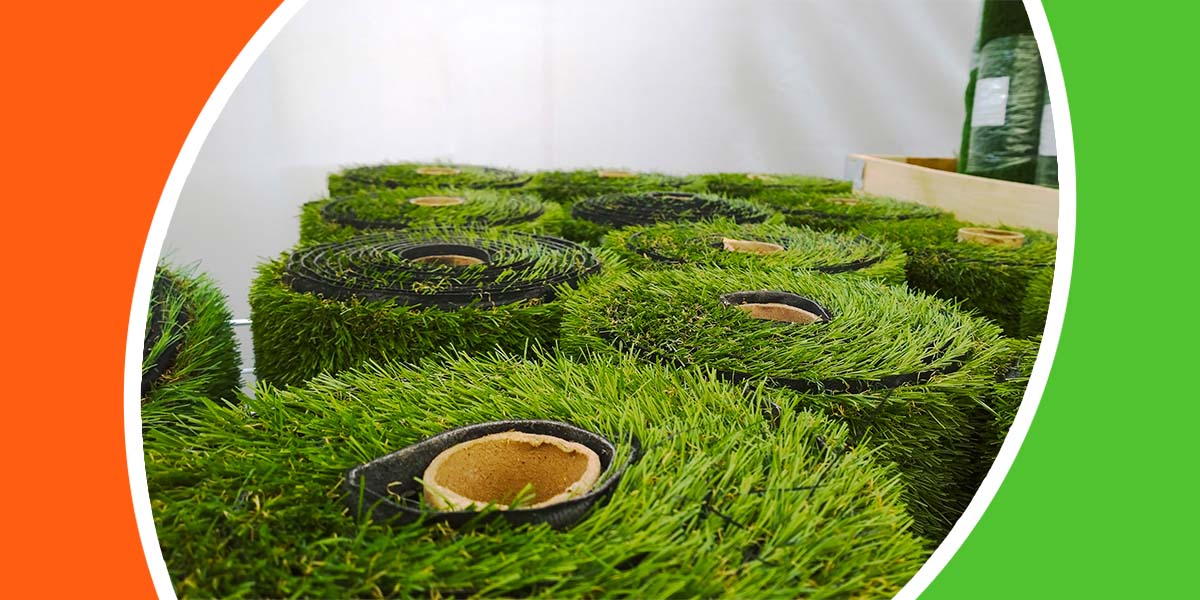Look Into the Environmental Perks of Opting for Synthetic Grass Solutions
The adoption of fabricated grass services offers an engaging opportunity to address pushing environmental challenges. By dramatically minimizing water usage and decreasing the application of hazardous chemicals, these alternatives not just promote sustainable landscape design however also safeguard local communities. Furthermore, the reduced carbon impact connected with lowered maintenance tasks adds to a more sustainable technique to land administration. Nevertheless, the effects of these benefits prolong past mere preservation initiatives, raising concerns concerning their long-term influence on environment conservation and overall environmental equilibrium. Discovering these dimensions reveals a complicated interplay worth considering.
Water Conservation Perks
One of the most substantial benefits of synthetic turf is its capacity to save water. In contrast, fabricated grass does not need watering, dramatically minimizing the general demand for water sources.
By removing the requirement for regular watering, man-made turf adds to lasting landscape methods and aids minimize the environmental influence of excessive water usage. Furthermore, the preservation of water includes the reduction of overflow, which can lead to soil disintegration and waterway contamination.
In addition, the installation of artificial grass permits municipalities and house owners to assign water sources extra efficiently, focusing on vital usages such as alcohol consumption water and farming. The shift towards synthetic grass not just advertises liable water usage but likewise lines up with wider ecological objectives intended at protecting all-natural sources.
As areas significantly focus on sustainability, the water preservation advantages of synthetic grass present a compelling case for its adoption in industrial and property landscaping jobs.
Minimized Chemical Use
The change to synthetic turf substantially lowers the dependence on chemical therapies commonly used in natural lawn upkeep. Standard lawn management normally entails the application of pesticides, herbicides, and fertilizers to advertise development and control pests. These chemicals can pose risks to human wellness, regional wild animals, and the environment, adding to dirt and water contamination.
In comparison, man-made turf eliminates the requirement for these dangerous compounds. By reducing the launch of artificial substances into the ecological community, synthetic lawn promotes much healthier dirt and water systems.
Additionally, the lack of chemical runoff linked with synthetic lawn installations aids safeguard regional rivers from pollution, supporting marine life and keeping biodiversity. Arizona artificial turf. As communities significantly prioritize sustainable practices, choosing man-made grass provides a feasible service that aligns with ecological preservation goals. Through this shift, residential or commercial property owners can take pleasure in lavish environment-friendly rooms without compromising ecological health, paving the way for a much more lasting future
Reduced Carbon Impact

Moreover, the installment of artificial turf can lead to considerable water preservation. All-natural grass require considerable amounts of water for irrigation, which not only adds to the carbon footprint related to water extraction and therapy yet additionally pressures neighborhood water sources. On the other hand, synthetic grass needs very little upkeep, requiring no watering, thereby dramatically reducing water usage and its linked power prices.
Additionally, the longevity of look at this now synthetic grass adds to its decreased carbon impact. With a lifespan of up to 15 years or more, the demand for constant substitutes is reduced, leading to less waste and lower energy intake in production and dealing with conventional turf alternatives. Overall, fabricated grass discover this provides a sustainable option for eco aware landscaping.
Environment Preservation
Habitat conservation is a critical factor to consider in the dispute over landscape design choices, specifically when comparing artificial lawn to natural grass. All-natural turf yards usually need comprehensive upkeep, including the use of herbicides, pesticides, and plant foods, which can adversely affect local ecosystems. These chemicals can seep right into the soil and rivers, harming indigenous flora and animals and disrupting regional habitats.
Synthetic turf gets rid of the requirement for harmful chemicals, thereby safeguarding nearby wildlife and maintaining the honesty of bordering ecosystems. The installment of fabricated lawn can lead to the conversion of previous lawn areas into even more biodiverse landscapes, such as pollinator yards or indigenous plant areas, which can support local wildlife.
Ultimately, the transition to synthetic turf not only conserves water and decreases maintenance efforts but also fosters an extra harmonious relationship in between human tasks and the native environment, promoting environment conservation at the same time.
Long-Term Sustainability
Long-term sustainability is an important element in evaluating the benefits of synthetic grass over conventional turf lawns. One of the most substantial advantages of man-made grass is its longevity; it can last approximately 15-20 years with very little maintenance, whereas all-natural grass requires regular reseeding and replacement. This long life decreases the demand for continuous sources, such as water, fertilizers, and chemicals, which are necessary for maintaining a healthy and balanced grass yard.
Additionally, synthetic grass adds to a reduction in carbon exhausts connected with grass care devices. Traditional yards often need gas-powered lawn mowers, trimmers, and blowers, every one of which contribute to air pollution. Arizona turf. In contrast, synthetic grass eliminates the requirement for such equipment, advertising a cleaner environment
Furthermore, the manufacturing of artificial grass increasingly makes use of recycled materials, improving its sustainability account. As producers take on green methods, the ecological footprint of synthetic grass continues to reduce.

Conclusion
The fostering of fabricated grass services presents significant ecological benefits, including considerable water preservation, reduced reliance on hazardous chemicals, and a lower carbon impact. Fabricated grass help in preserving all-natural environments by reducing land disruption and advertising long-term sustainability via the usage of resilient products. Jointly, these elements highlight the possibility of synthetic grass to add favorably to environmental health and wellness and supply a practical option to typical landscaping methods in a significantly resource-conscious world.
In contrast, man-made lawn does not require watering, substantially lowering the total need for water resources. By lessening the launch of artificial substances into the community, man-made lawn advertises healthier soil and water systems.
Additionally, the installment of fabricated lawn can result in substantial water conservation. In contrast, man-made lawn requires minimal upkeep, calling for no watering, thereby significantly reducing water usage and its linked energy costs.